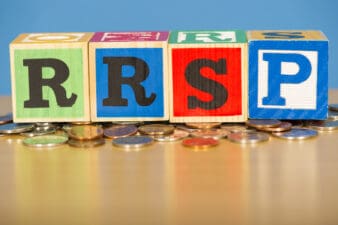Knowing which metrics to use to evaluate a company or understanding what they mean when reading reports is key for investors if they want to identify the best companies. There are tons of different metrics out there — some for value investors, some for growth, and some to check on the stability of a company.
Below are the most popular metrics for evaluating value stocks, what they mean, and what they measure.
Price to earnings
The price-to-earnings (P/E) ratio is always the most basic. It’s so popular because it’s easy to understand and gives you a quick snapshot to know what you’re dealing with.
Of course, just like any other metric it only shows you a small portion of the company’s current situation and should be used with other metrics or as a starting point to do further research.
For example, you may notice a company in a mature industry with an unusually high P/E ratio, but its stock has been falling for the last while. At first glance, it may seem overvalued, but doing further research would indicate it had a bad quarter or two of earnings, which brought its P/E up.
This is a major difference and could present a buying opportunity if the company can turn itself around.
Price to book
This is a measure of the company’s market price divided by its value on paper, or book value. The book value is the equity value determined by taking assets and subtracting liabilities. It’s a helpful metric to know how much you are overpaying and what your margin of safety is if the assets would have to be sold off.
It’s very important to understand though, that in the unlikely event of a liquidation, the company will most likely not see the total value amount of its assets, as some of the goodwill and intangible assets may not be bought for full price, especially if the company is being dissolved.
Similarly, to price to book is the enterprise value, which gives investors a good idea of the company’s total worth including debt.
Enterprise value
EV is taken by adding net debt to the market cap and subtracting for cash. It is used as a way for analysts or investors to gauge how much a company really will cost you to buy it.
Enterprise value on its own isn’t that useful, but combining it with something like earnings before interest, taxes, depreciation, and amortization (EBITDA) then allows you to view the total worth of companies and compare a number of them.
EBITDA
EBITDA is becoming increasingly more popular among investors and analysts. It’s so popular because it’s one of the best ways to analyze the operations of businesses.
It’s especially useful when evaluating many businesses in an industry or when looking at the EBITDA margin of sales.
It’s also useful for forming the basis of valuations such as EV/EBITDA or net debt to EBITDA, because it’s a recurring rate that should be able to be continuously met with better consistency than earnings numbers.
It’s also useful because it can be tweaked for different industries, subtracting the depreciation and amortization or adding rent to it for industries such as airlines.
A top example
Looking at a company such as Russel Metals (TSX:RUS) and using metrics to evaluate it, it’s immediately clear the company has value at these prices. Its P/E ratio is just 7.5 times, well below its five-year average of 13.6 times. Its price to book is also cheap at just 1.4 times.
The EV/EBITDA confirms its value as it stands at less than six times, especially compared to its historical rate above eight times.
Russel Metals is a top Canadian metals processing and distribution company. It has been growing its earnings incredibly fast the last few years and continues to offer investors tons of value. It even pays a dividend that yields roughly 7%.
Bottom line
Using key metrics are a great way to analyze the numbers and compare numerous companies to figure out which is best. It’s also useful to see how cheap the company is on a historical basis when comparing it to itself.







